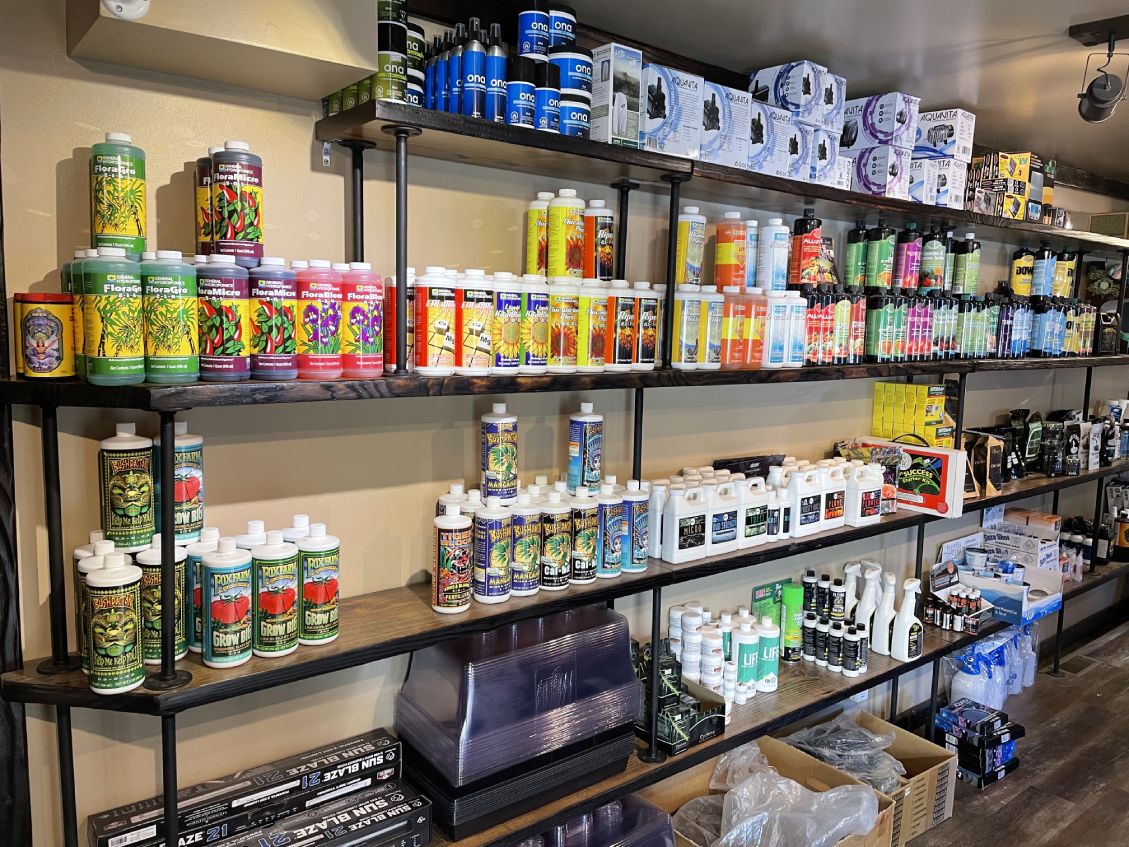Opening the Prospective of Hydroponics: Comprehending Its Utilizes and Different Types
Hydroponics, a technique of growing plants without dirt, has actually gathered raising attention for its prospective to change farming and horticulture practices. The precision control over nutrient delivery, water usage, and ecological aspects supplies a glimpse right into a future where food manufacturing can be maximized in various settings. As we navigate with the intricate landscape of hydroponic systems and methods, it comes to be obvious that each technique holds unique benefits and restrictions. By unwinding the diverse uses and kinds of hydroponics, we can discover a world of opportunities that may reshape just how we visualize lasting farming and horticulture practices.
Benefits of Hydroponic Systems

One more benefit of hydroponic systems is the ability to grow plants in a smaller sized area. By eliminating the requirement for dirt, plants can be grown up and down or in stacked systems, making best use of the use of available room. This is especially advantageous in city areas or regions with restricted arable land. In addition, hydroponic systems minimize the danger of soil-borne diseases and bugs, as there is no soil to nurture these dangers. This leads to healthier plants and lowers the need for harmful pesticides, making hydroponic farming a more lasting and ecologically friendly choice.
Typical Uses in Farming

Offered the effective water preservation and space-saving benefits of hydroponic systems, it appears that these ingenious farming techniques have located usual uses in different markets of agriculture. In traditional agriculture, soil-based farming can be labor-intensive and land-consuming. Hydroponics offers a solution by allowing crops to be grown without dirt, lowering water usage by up to 90% compared to standard farming techniques. This makes hydroponics specifically ideal for areas encountering water deficiency or restricted cultivable land. The regulated setting of hydroponic systems allows year-round cultivation, providing a regular supply of fresh produce regardless of outside weather problems.
Hydroponics is generally utilized for growing a variety of crops, consisting of leafy environment-friendlies, tomatoes, cucumbers, natural herbs, strawberries, and peppers. Its versatility includes vertical farming, city agriculture, and greenhouse production. Additionally, hydroponic systems are utilized in research study and instructional setups to examine plant nourishment, development, and farming techniques. The adaptability and efficiency of hydroponics make it a beneficial tool in modern agriculture, addressing the challenges More Info of sustainability, food protection, and source optimization.
Exploring Various Hydroponic Methods
Hydroponic systems use an array of techniques that provide to various plant types and cultivation objectives. Furthermore, the Ebb and Flow system, likewise recognized as the Flooding and Drainpipe system, intermittently floods the plant roots with nutrient solution, permitting for oxygenation during draining durations. Each of these strategies showcases the convenience and efficiency of hydroponic systems in improving crop development and return.
Comparing Numerous Hydroponic Solutions
Discovering the effectiveness and return enhancement methods in hydroponics leads us to compare numerous hydroponic systems offered for plant growing. Each hydroponic system has its one-of-a-kind attributes, advantages, and constraints, making it essential for farmers to pick one of the most appropriate system based on their certain demands and constraints.
One of the most typical hydroponic systems is the nutrient film technique (NFT), where a thin movie of nutrient solution constantly moves over the plant origins. This system is valued for its water performance and viability for expanding leafed greens and natural herbs. On the other hand, the deep water society (DWC) system submerges plant roots straight into the nutrient option, supplying adequate oxygen and nutrients. The DWC system is economical and reasonably simple, making it a popular selection for investigate this site beginners.
Another prominent hydroponic system is the ebb and circulation (or flood and drainpipe) system, which occasionally floodings the plant origins with nutrient service before draining it. By recognizing the differences in between these hydroponic systems, cultivators can make educated decisions to maximize crop return and top quality.
Innovations in Hydroponic Modern Technology
One key development is the growth of wise hydroponic systems that utilize sensing units and automation to monitor and readjust environmental problems such as pH degrees, nutrient concentrations, and light direct exposure in real-time. These systems make it possible for accurate control over growing conditions, leading to optimum plant development and higher plant yields.
An additional noteworthy development is the combination of upright farming techniques with hydroponic systems, permitting the cultivation of plants in stacked layers. This upright method takes full advantage of room usage, making it perfect for metropolitan settings where land availability is limited - The Indoor Earthworm. Additionally, making use of innovative LED illumination systems tailored to certain plant requirements has actually boosted power effectiveness and enhanced development prices in hydroponic arrangements
Developments like these are driving the development of hydroponics, making it a extremely appealing and sustainable option for modern farming.
Verdict
Finally, hydroponics supplies countless advantages in agriculture and has different strategies and systems that can be used to optimize click for more its potential. Developments in hydroponic innovation remain to enhance performance and sustainability in food manufacturing. By recognizing the uses and various kinds of hydroponic systems, farmers and farmers can unlock the full potential of this ingenious approach of expanding plants without dirt.
Additionally, hydroponic systems permit for far better control over nutrient levels, pH balance, and ecological conditions, leading to healthier plants and greater yields.
